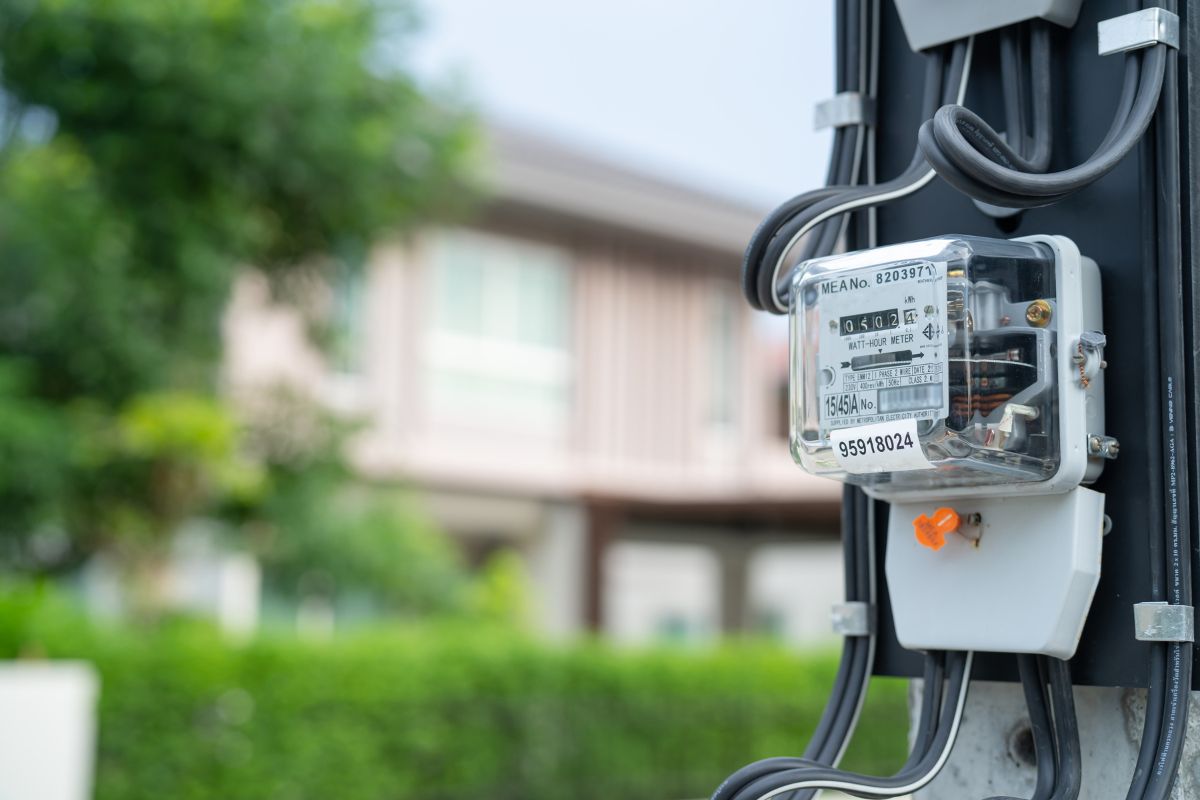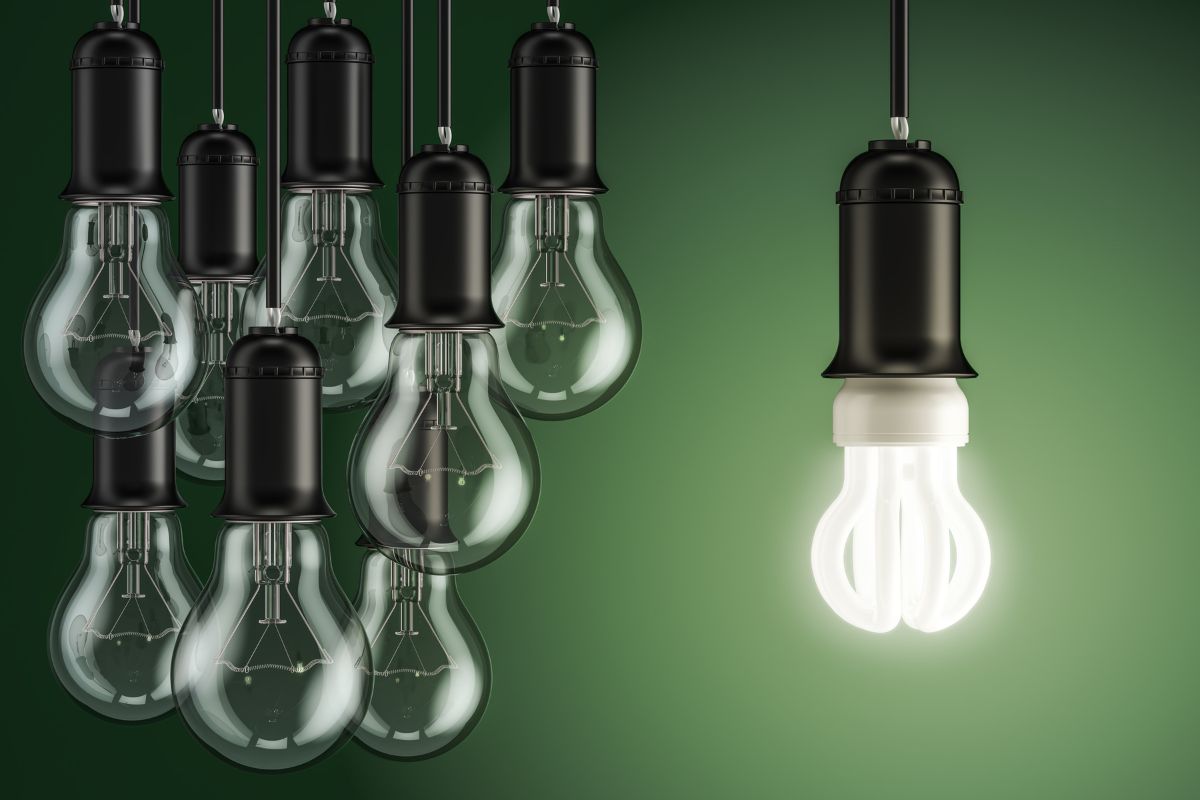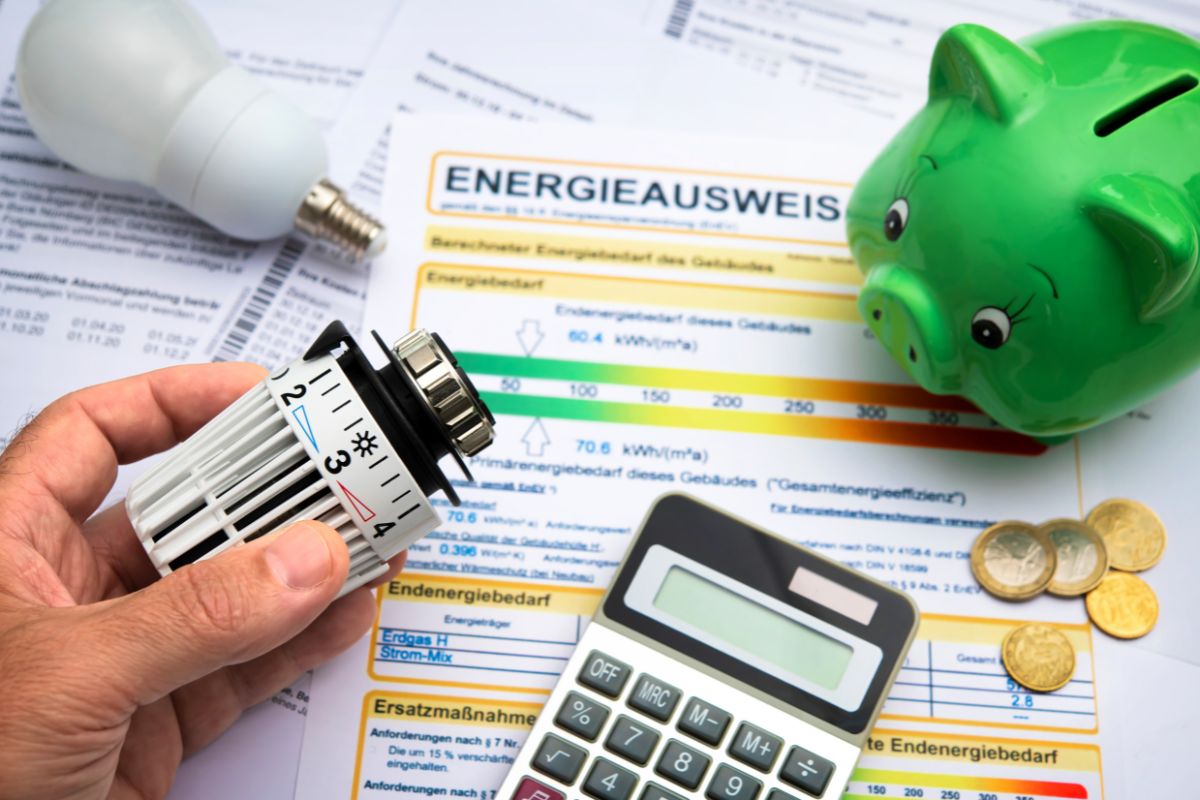What is Discharge Lamp
A discharge lamp is a type of artificial light source commonly used in the lighting industry. It operates by transmitting an electrical discharge through ionized gaseous substances. These lamps utilize specific gases such as xenon, argon, krypton, neon, or a combination of these gases. Additionally, they can be filled with other elements like sodium, mercury, or halide materials.
Get Inspired by Rayzeek Motion Sensor Portfolios.
Doesn't find what you want? Don't worry. There are always alternate ways to solve your problems. Maybe one of our portfolios can help.
The functioning of a discharge lamp involves the combustion of the gas and the acceleration of free electrons by the electric field within the lamp. As these accelerated electrons collide with the gas and any metal substances present, they energize the atoms in the gas, causing them to move to higher energy levels. When these energized atoms return to lower energy levels, they release energy in the form of photons, resulting in the emission of light.
Discharge lamps offer several advantages over other types of lamps, including enhanced lifespan and performance. However, they can be more complex to design and construct. To ensure precise current flow across the gas substance, electronics are required. The specific combination of gases and vapors used in a discharge lamp determines the resulting light spectrum, which can range from ultraviolet (UV) and infrared to visible light.
Looking For Motion-Activated Energy-Saving Solutions?
Contact us for complete PIR motion sensors, motion-activated energy-saving products, motion sensor switches, and Occupancy/Vacancy commercial solutions.
Frequently Asked Questions
What Are the Benefits of Discharge Lamps
Loss of electricity in the form of heat is minimized, resulting in greater energy efficiency. Additionally, discharge lamps have a longer lifespan compared to other types of lamps. They also do not produce shadows, providing more uniform and even lighting. Furthermore, discharge lamps offer a higher light output, ensuring brighter illumination. Lastly, they consume less electricity, leading to reduced energy consumption.
Where Are Discharge Lamps Used
These bulbs are versatile and can be utilized in various settings such as smaller outdoor areas, warehouses, and roadways to provide durable and intense illumination. Additionally, low-intensity discharge lamps can assist in indoor gardening, underwater diving, and as bicycle headlamps, each application requiring different levels of intensity.
Do Discharge Lamps Use Mercury
A discharge lamp, specifically a mercury-vapor lamp, utilizes an electric arc passing through vaporized mercury to generate light. This arc discharge is typically contained within a compact fused quartz arc tube, which is then enclosed within a larger glass bulb made of soda lime or borosilicate glass.
What Are the Disadvantages of High Intensity Discharge Lamps
Disadvantages: Inferior Color Quality – High intensity discharge lamps, such as HPS bulbs, emit an orange glow that can be challenging for the human eye to perceive. As a result, areas illuminated by HPS lamps often appear dull and dim. Diminished Lumen Maintenance – Over time, HPS bulbs experience a significant decrease in light output before reaching the point of complete burnout.









